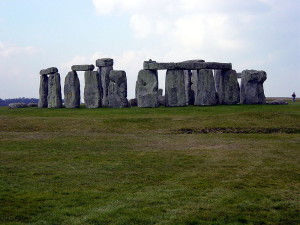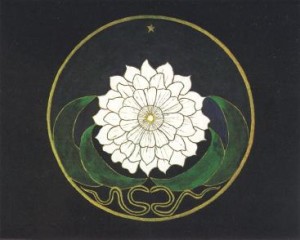Mandala Monday – Stone Circles as Mandalas – Guest Post by Epouna
Stonehenge in England is one of the first places that many people think of when stone circles as mandalas are mentioned. However, there are ancient remnants to be found around the world that have been left behind by civilizations long ago. These types of intriguing mandalas remain mysteries that will forever invoke curiosity and the desire for answers. Why and how were they built and what exactly were they used for?

Stonehenge
Although the meaning of many stone circles in mandalas have been determined, there are an abundance that will remain a mystery forever. Similar to the Tibetan mandala where stones are used to reach true enlightenment, it is believed that most of these ancient discovered stone mandalas were once used for religious ceremonies. Sanskrit for circle, the center of a mandala houses the gods, which enjoin the circle to help complete one’s journey to their personal center to become one with the universe.
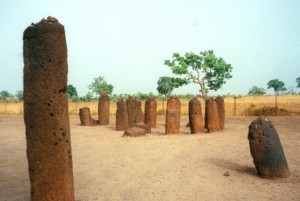
Wassu Stone Circles-The Gambia
Depending on the creator’s design and the forces that were instilled, some stone circles offer a life energy held within them all on their own. The person using the mandala is connected through their subconscious mind to the universal spirit. In this case, each individual stone has been placed precisely to work together as a circuit. If one stone is removed, it could affect the circuit adversely.
Placing stones in this type of pattern is considered to be a meditative activity. For the individual to reach total enlightenment, visualization, air and thought all play their roles in enhancing the experience.
The United Kingdom is famous for their collection of stone circles as mandalas. Aside from Stonehenge, in County Cork, Ireland you will find Dromberg, Beltany’s Circle is located in County Donegal, Ireland, Carl Llechart is in Wales and in Scotland you will find the Ring of Brodgar. Each one of these were used for ceremonial purposes, many were even solar calenders that were used to mark the solstice and equinox, boasting stones in specific areas to track heavenly bodies.
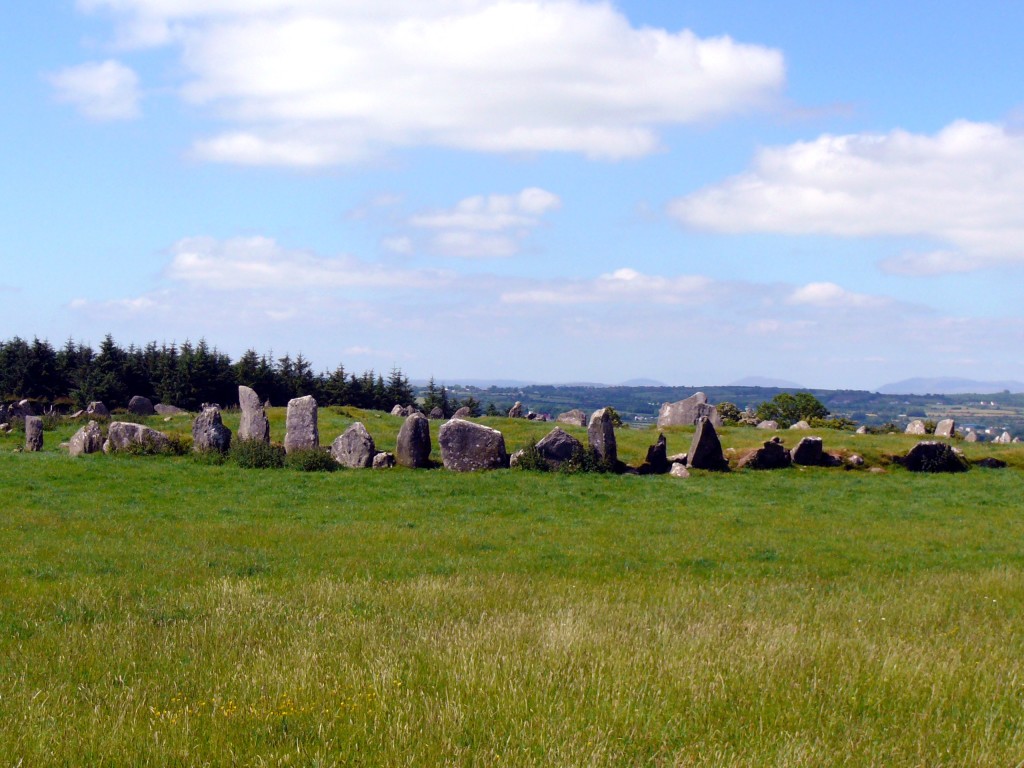
Beltany’s Circle
Covering 28 acres with a diameter of over 1,000 feet, Avebury is the world’s largest stone circle. There are two smaller circles found within and once the stones, harvested from Marlborough Downs, stood 55 feet high. The annual Beltane Festival inspire the name of Beltany while Dromberg is known as the Druid’s Alter, from Ireland’s old religion. It is also interesting to note that Temple of the Sun was the original name for the Ring of Brodgar.
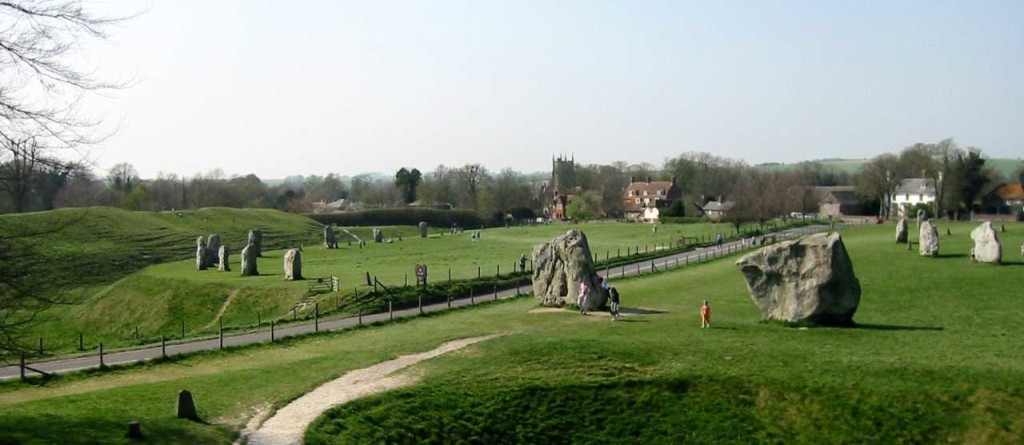
Avery Stone Circle
These stone circles are similar to all mandalas. As one would journey to the center from the outer ring, there were statues where the pilgrims would stop to make time for meditation to become closer to their gods.
Interestingly, the sky, fire and death were once associated with stone circles in France. Archaic astronomers would even use constellations, solstice and equinox to hone out their years. Also, the needs of the region’s inhabitants would affect which gods were worshiped in these mandalas.
Rujm Hari in Israel, constructed of basalt is a prime example. There are five concentric circles found here that are considered to be a message dated back to the beginning of creation. This location is spoke of in Deuteronomy, Joshua and Genesis in Torah and the Bible. This is just one of the many stone circles found in the Middle East.
There are also stone circles as mandalas found in America and Canada, a popular one being the Medicine Wheel found at Big Horn. Many religious rituals and ceremonial dances took place here. It is also suggested that it was used as part of a journey for pilgrims to get closer to the center gods.
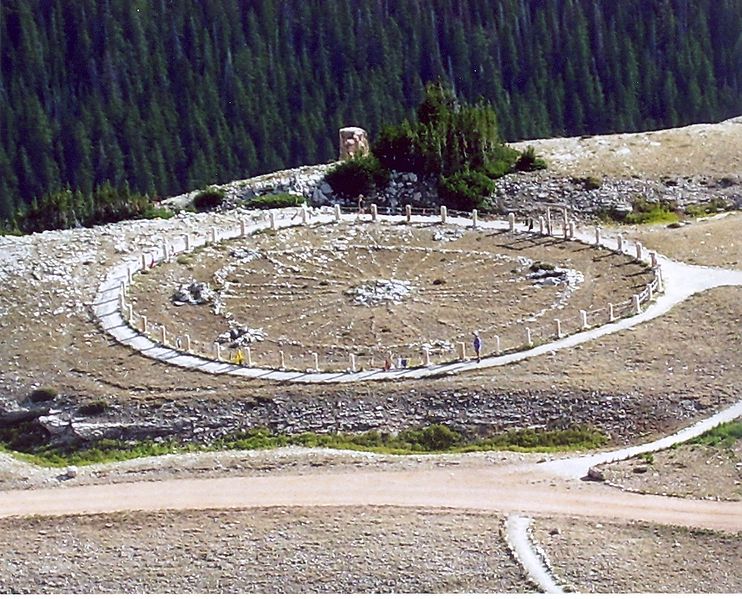
From prehistoric dwellers to today, stone circles as mandalas have been created around the world. Stone circles, cairns and mandalas are all used to reach enlightenment to offer gods the lives of pilgrims, thanking them for their existence on Earth.
Article by Epouna
www.meaningofmandalas.com
Images from Wikimedia Commons
——————————————————————————————————–
I look forward to your thoughts and comments!
Be sure to Subscribe to this blog either by RSS or Email via the forms on the top right column of the page.

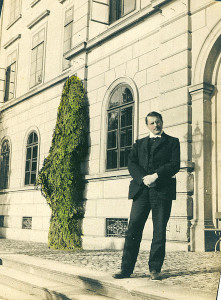 While you may be familiar with Freud who believed the force behind psychological things was sexual, Carl G. Jung shared this generation but had beliefs of his own. Jung (1875-1961), was a psychologist and psychiatrist who found that personalities of both the conscious and unconscious mind were formed by symbolic archetypes living within. It was these archetypes that ultimately gave birth to mankind.
While you may be familiar with Freud who believed the force behind psychological things was sexual, Carl G. Jung shared this generation but had beliefs of his own. Jung (1875-1961), was a psychologist and psychiatrist who found that personalities of both the conscious and unconscious mind were formed by symbolic archetypes living within. It was these archetypes that ultimately gave birth to mankind.